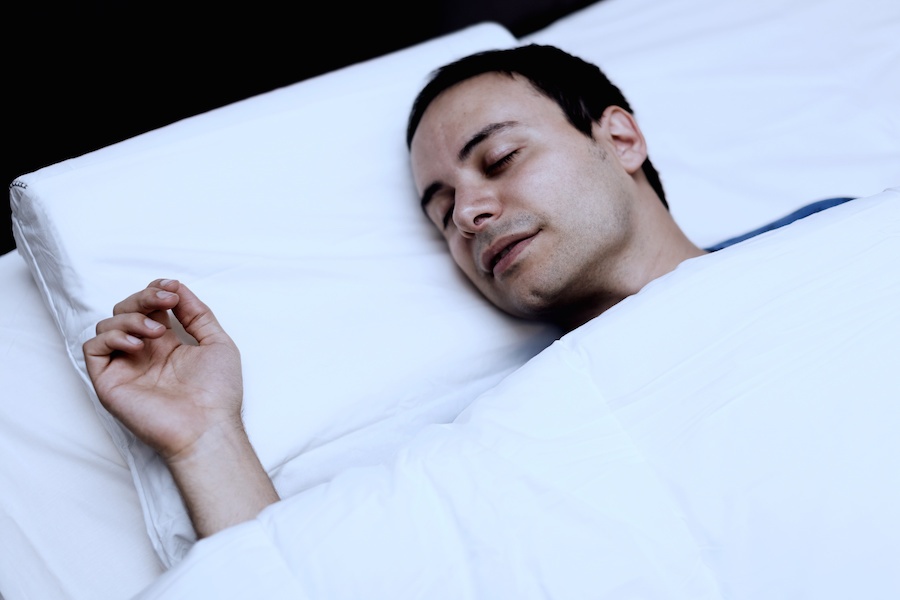

Twenty-four hours of sustained wakefulness impairs driving ability to the same degree as a blood alcohol concentration of 0.10%, which is above the legal limit. Daytime cognitive performance is also reduced, resulting in more accidents. In the short term, sleep deprivation increases cortisol levels, causes increased blood pressure, decreases glucose tolerance, and increases the activity of the body’s fight-or-flight system, all of which are linked to increased risk of diabetes, heart attacks, and strokes.

Why would less sleep increase my risk of death? Studies have also shown that older adults who are healthy may not perceive problems with sleep when it is actually impaired, or may assume that certain disruptions are part of aging when they have treatable conditions. Daytime napping also increases as the strength of the circadian rhythm and the drive to sleep at night decrease. Adapting to jet lag and shift work becomes more difficult. The internal clock “advances” with age, so older adults tend to fall asleep earlier and wake earlier. The circadian rhythm is a 24-hour internal clock that governs numerous body functions including body temperature, release of hormones, and sleep time. The percentage of REM sleep also naturally decreases thus, reduced time spent in REM may be a marker of aging. As a result, people wake more easily from sleep as they age. Time in N3 sleep, the deepest sleep stage, also shortens with age time in N1 and N2 tends to increase. Total sleep time decreases by 10 minutes every decade until age 60, when it stops decreasing. Sleep time and sleep stages naturally change as we age. REM sleep normally makes up 20% to 25% of sleep time.

REM periods generally occur every 90 minutes, and are longest during the second half of the night. (REM is the stage where vivid dreaming occurs.) Brainwave activity during this time appears similar to the brain’s activity while awake. NREM is further classified by depth of sleep N1 and N2 are lighter sleep stages, and N3 is deep sleep, which is most restorative. Normal sleep is broken down into two sleep types: rapid eye movement (REM) and non-rapid eye movement (NREM). There is now new research that suggests that lack of a certain type of sleep (the dream stage of sleep) may be related to an earlier death in middle-aged and older people. Prior studies have clearly linked shortened sleep times to heart disease, obesity, reduced cognitive performance, worsened mood, and even a shorter life. Sleep serves numerous roles: recovering energy for the brain, clearing waste products, and forming memories. Time and time again, adequate sleep has been shown to be critical to daily functioning and long-term health.


 0 kommentar(er)
0 kommentar(er)
